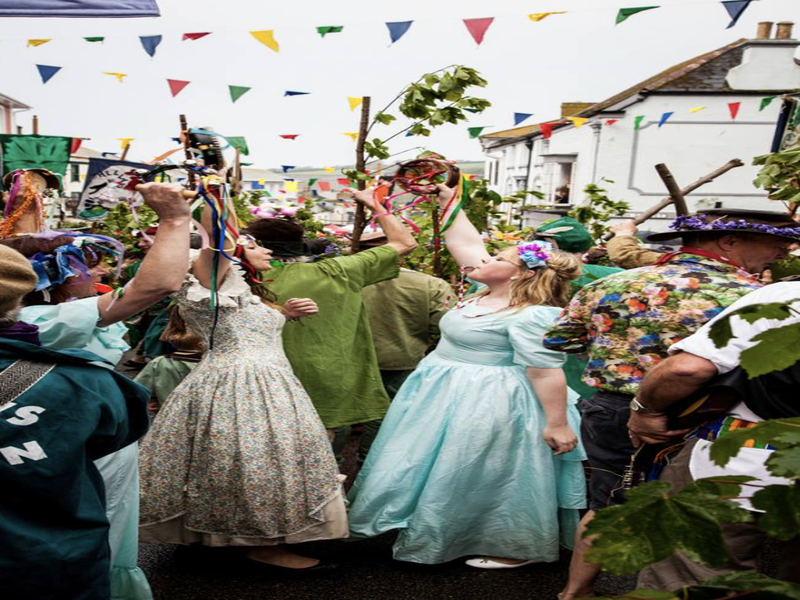Hello and welcome once again to the latest edition of Table Talk, our weekly circular that brings you the very best of the meandering dinner table conversations we know and love.
🍷 Uncorking Wine 🍷
Different times of year bring with them various different associations. Autumn conjures images of falling leaves and cooling temperatures, winter means open fires and hearty roasts, whilst spring brings new life and longer days. All that leaves is summer and whilst these warmer months have plenty going for them, the main thing we associate summer with, whether we care to admit it or not, is rosé. Pale, Provençal rosé.
Whilst most of us can at least point to one or two wines that we like when scanning a wine list, when it comes to ordering a rosé, the question almost always becomes “which is the pale one?” or a variation on that theme. We’ve been conditioned to believe that lighter or paler rosés are the only way to go, but how come and is that really the case?

Starting at the beginning, how does rosé get its colour? If white wine is produced by fermenting the juice that has been separated from its skins and red wine is produced by leaving the juice and the skins in contact during fermentation, rosé borrows from both approaches. Almost always made using red wine grapes, the juice is left very briefly (normally a few hours) to sit alongside the skins at the beginning of fermentation, prior to being removed - a process called maceration or skin contact, helping it to develop the pinkish hue that we so closely associate with long, languid summer days.
So how did pale rosé come to be so popular and is it higher quality? The answer to the first question is up for debate, but with Provence producing such a large volume of rosé, and its wines being widely enjoyed and accredited, it’s only natural that paler styles have become dominant. As for whether they’re necessarily of higher quality, the answer is no. The colour or the hue of a rosé is the result of several choices made between the vineyard and the bottles - the grapes used, the amount of skin contact and how or if it’s aged - and so doesn’t necessarily indicate its quality.
As you will likely know by now, we don’t believe in preconceptions here at Wednesday’s Domaine, so whilst there’s no doubt that there are some cracking pale rosé wines, don’t judge a book by its cover and show a little love to some of the lesser spotted, equally majestic wines, like Austrian winemaker, Franz Weninger’s Rózsa Petsovits.
🥭 Palate Cleansers 🥭
#1 “No music, no flowers, no curtains”
#2 The science between non-alcoholic wine and beer
#3 Saving Britain’s lost vineyards
📚 Who Knew That Was The Story Behind?! 📚
Once referred to as One of 12 Life-Changing Sandwiches You’ve Never Heard Of, the humble francesinha, once discovered, is truly unforgettable. Before we go on, I would urge you to read this warning - “the francesinha sandwich is not something that can be eaten daily. However, it is a dish that you should eat at least once in your life” - and then promptly disregard it.
To call a francesinha a sandwich would be to do it the ultimate disservice. Sure, at its core, it’s a sandwich, but it’s also one that has multiple layers, a litany of ingredients, comes topped with a fried egg, drowned in sauce, accompanied by fries and best enjoyed with a beer. When you put it that way, it’s a little more than just another sandwich.

Created by Portuguese chef Daniel da Silva, a man who had fallen in love with croque monsieurs whilst working in France, it began gracing menus across Porto in the 1950s. Whilst it’s anything but subtle, part of its allure lies in the mystery of the sauce that defines it as a dish. Often cited as being a blend of cheese, tomato, beer and various spices, this heartstopper of a combination gives the francesinha its punch.
From then until now, innumerable variations have evolved and chefs across Porto closely guard their own individual recipes, arguably presenting even more reason to have more than one when you next get the chance…
🍷 What News From Wednesday's Domaine? 🍷
Everyone has their secrets or their guilty pleasures, mine happens to be reading House & Garden. It’s for that reason, that I was absolutely over the moon to see Wednesday’s Domaine featured at the very top of their recent alcohol free drinks round up, with it being described as being “as close as you’ll find to the real deal”.
Thanks for reading, see you next week.
Luke























































